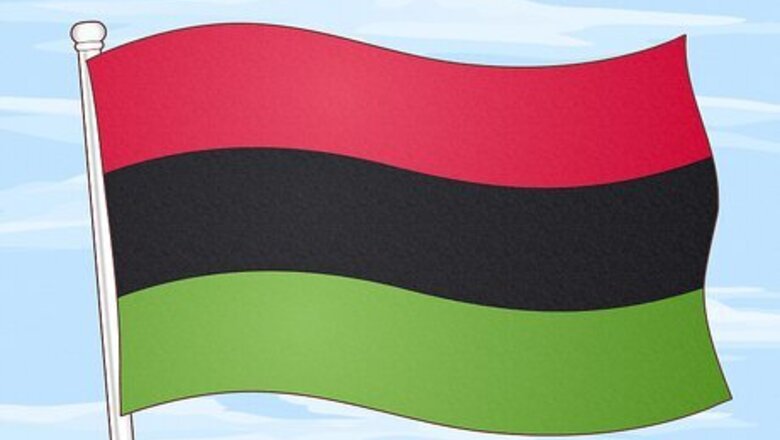
views
Pan-African Flag Meaning & History
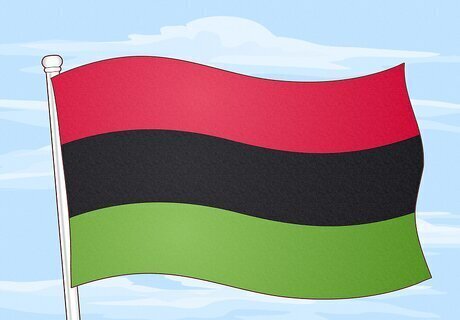
The red, green, and black Pan-African flag represents the African diaspora. Perhaps the most common red, black, and green flag you’ll see is the Pan-African flag, which features horizontal bars of red, green, and black. It’s a simple flag that represents the African diaspora, which is the worldwide community of African people, whether they live in Africa or abroad. The flag was created in 1920 with the help of Marcus Garvey, a Jamaican activist and founder of the Universal Negro Improvement Association and African Communities League. The flag was made to represent all Black people and in response to widespread anti-Black racism, the popular and bigoted song “Every Race Has a Flag But the Coon,” and as a way to unite African people under one banner, no matter where they lived.
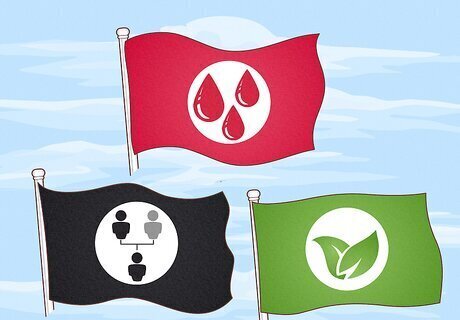
The flag’s colors represent blood, people, and wealth. The colors of the Pan-African flag are essential to its meaning. The colors are meant to be seen as equal. According to the UNIA, the colors mean: Red: The color of the blood that unifies everyone of African ancestry, and which is spilled for their freedom and liberation. Black: Represents the people of African ancestry who live united as a nation, even if they’re not a nation-state. Green: The color of the overflowing natural wealth of Africa, which promises hope and abundance.
Red, Green, & Black Country Flags
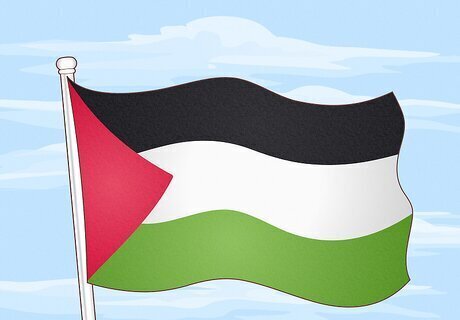
Palestine The Palestinian flag was officially adopted in 1948, but existed as the flag of the Arab Revolt beforehand. It features horizontal bars of black, white, and green, with a red chevron. Meaning: Black represents protection in the night, white represents conscience, and green represents hope. Red represents the blood of freedom fighters.
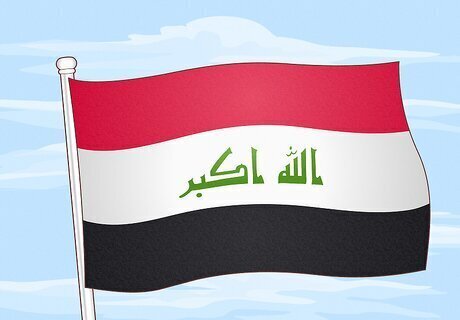
Iraq The flag of Iraq was adopted in 2008 and features horizontal bars of red, white, and black, with the takbir reading “God is the greatest” in green Arabic letters. Meaning: Black represents struggle, red for martyrs, green for prosperity and agriculture, and white for pure motives and deeds.
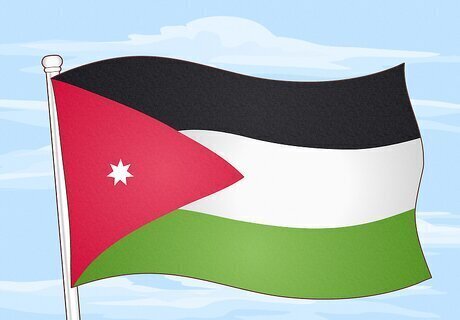
Jordan The Jordanian flag was officially adopted in 1922 and features horizontal bars of black, white, and green, with a red triangle that features a white 7-pointed star. Meaning: The 4 colors represent the 4 major dynasties in Arab history (Abbasids, Fatimids, Umayyads, and Hashemites). The star (heptagram) symbolizes the 7 verses of the Surah Al Fatiha, which is the first chapter of the Quran. They also represent the classic meanings of the Pan-Arab colors: Black for the people, red for blood spilled for independence, and green for prosperity and agriculture.
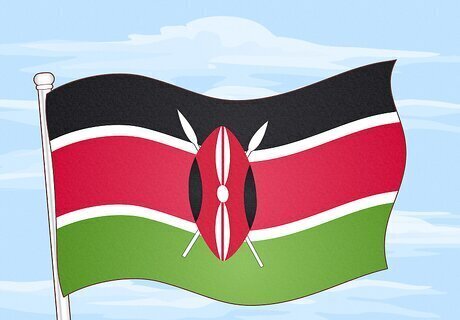
Kenya The Kenyan flag was created in 1951, then adopted in 1963. It features horizontal bars of black, red, green, and white, with a shield and spears at its center. Meaning: Red represents blood spilled in the fight for independence. Blacks stands for the people of Kenya. Green represents fertility and wealth, and white represents peace. The shield and spears represent the ongoing struggle for independence.
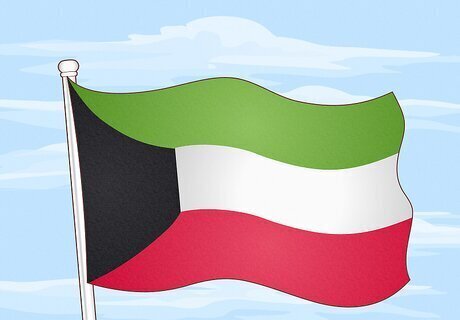
Kuwait The Kuwait flag was adopted in 1961 and features a black trapezium with horizontal bars of green, white, and red. Meaning: Black for struggle, red for martyrs, green for prosperity and agriculture, and white for pure motives and deeds.
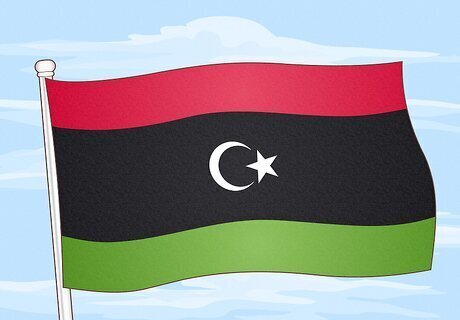
Libya The current Libyan flag was first introduced in 1951, when the Kingdom of Libya was established, and features horizontal red, black, and green bars with a white crescent moon and star in the center. It was abolished in 1969, then reinstated in 2011. Meaning: Red for the blood of those who fought for Libya, black to remember the struggle and turmoil under Italian occupation, and green to represent wealth and agriculture.
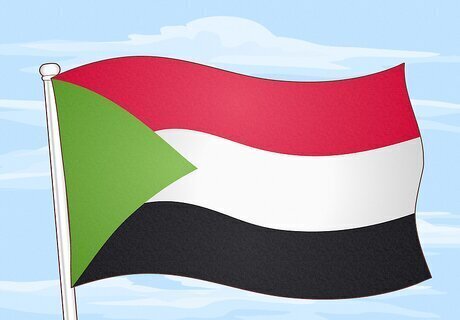
Sudan Sudan’s flag was officially adopted in 1970. It features a green triangle on the left, pointing toward horizontal bars of red, white, and black, and is based on the Arab Liberation flag used during the 1952 Egyptian Revolution. Meaning: Red stands for the struggle for independence. White represents peace. Black represents the nation, and green represents Islam, prosperity, and agriculture.
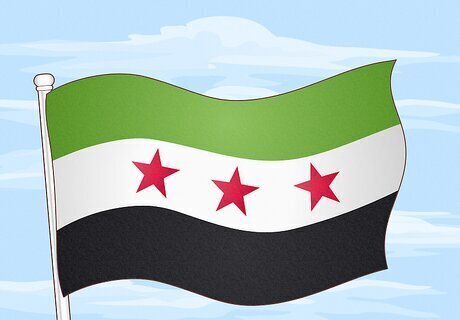
Syria The Syrian flag was adopted in 2024, after the fall of Assad as the nation’s ruler. It features bars of green, white, and black, with 3 red stars on the center white bar. Meaning: The 4 colors represent the 4 major dynasties in Arab history (Abbasids, Fatimids, Umayyads, and Hashemites). They also represent the classic meanings of the Pan-Arab colors: Black for the people, red for blood spilled for independence, and green for prosperity and agriculture.
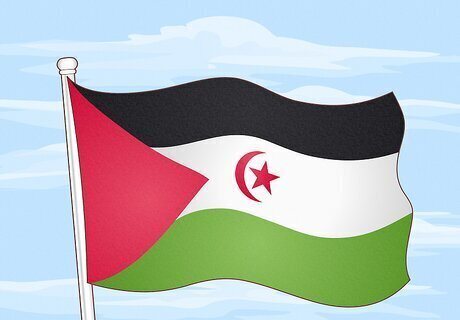
Western Sahara The flag of Western Sahara and the Sahrawi Arab Democratic Republic was adopted in 1976 and features horizontal bars of black, white, and green with a red chevron and red crescent moon with a star. Meaning: The red triangle represents revolution, while the star and crescent represent Islam. The color green stands for life, black for death, and white for peace.
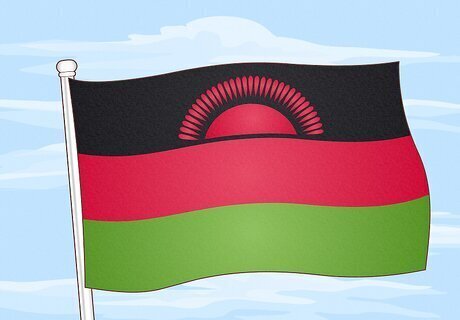
Malawi The Malawi flag was first adopted in 1964, and then again in 2012. It features horizontal bars of black, red, and green, with a red rising sun in the black bar. Meaning: Red for martyrs, green for prosperity, and black for the people of the country. The red sun was added to distinguish it from the Malawi Congress Party, which originally represented economic progress.
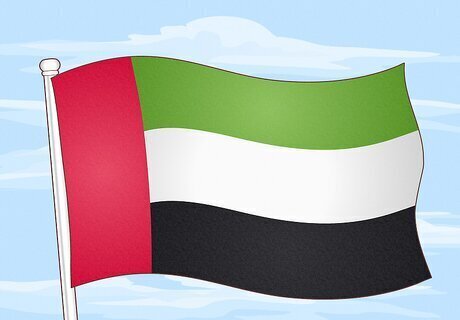
United Arab Emirates The UAE flag was designed in 1971 by 19-year-old Abdullah Mohammed Al Maainah, and was adopted the same year. It features horizontal bars on green, white, and black, with a vertical bar of red. Meaning: Red for the swords of the Emirates, black for struggle, white for pure acts, and green for the plains.
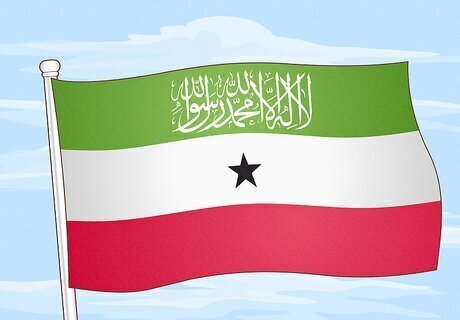
Somaliland The Somaliland flag was adopted in 2001 and consists of horizontal bars of green, white, and red with a black star in the center and Arabic script reading “There is no god except for Allah, and Muhammad is the messenger of Allah” in white across the green bar. Meaning: The Somaliland flag features the colors of the Pan-Arab flag—Black represents struggle, red for martyrs, green for prosperity and agriculture, and white for pure motives and deeds.
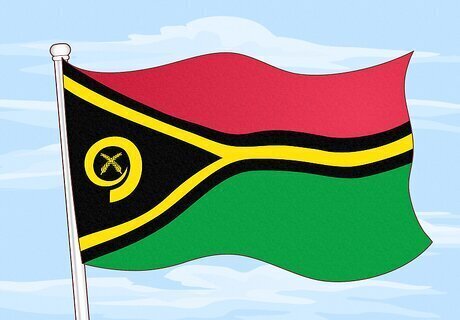
Vanuatu The Vanuatan flag was designed in 1977, then a similar design was adopted in 1980. It features fields of black, red, and green separated by gold bars, with a gold emblem depicting 2 crossed leaves inside of a pig’s tusk. Meaning: Black for the people and the soil, green for the lush nature, red for spirituality and blood. The pig’s tusk and leaves nod to local traditions, and the yellow borders resemble the shape of the islands and the light of Christianity.
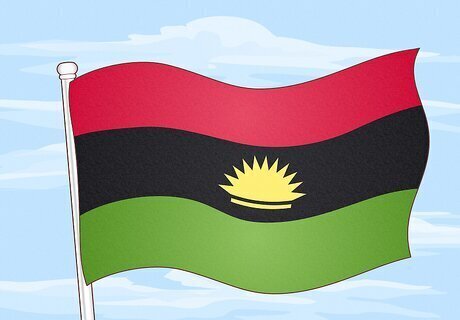
Biafra The Republic of Biafra existed until 1970, when Nigeria reclaimed it. The flag features horizontal bars of red, black, and green, with a golden half sun in the center. Meaning: The 11 rays of the sun represent the region’s provinces. The red color stands for the blood of martyrs, black for mourning, and green and gold for posterity.
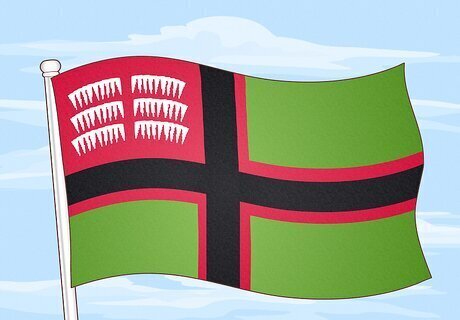
East Karelia The Republic of Karelia was an independent state that existed from 1919 to 1920, when the region was split between the Republic of Karelia and the Russian Federation. The flag of East Karelia featured a green field separated by a black and red cross, with a red field in the corner that features white northern lights. Meaning: Green for nature, red for blood and joy, black for sadness.
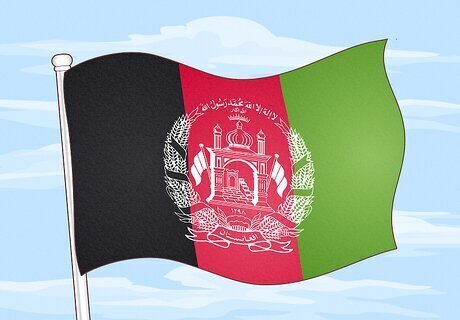
Islamic Republic of Afghanistan From 2004-2021, during the ruling period of the Islamic Republic of Afghanistan, the official flag featured black, red, and green vertical bars, with the national emblem of Afghanistan—a mosque flanked by wheat. Meaning: The black represents struggle. Red represents the blood of independence fighters, and green represents prosperity.
Other Red, Green, & Black Flags
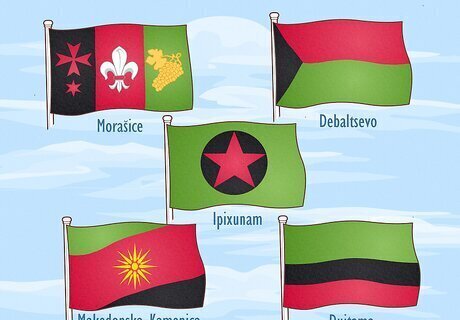
Take a look at these other red, green, and black flags. Throughout history, many states, regions, and smaller organizations have used the colors red, green, and black on their flags. There are too many to mention here, and even professional historians struggle to track down all of them, but here are relevant flags: Morašice, Czechia Makedonska Kamenica, North Macedonia Debaltsevo, Ukraine Ipixuna, Brazil Duitama, Colombia











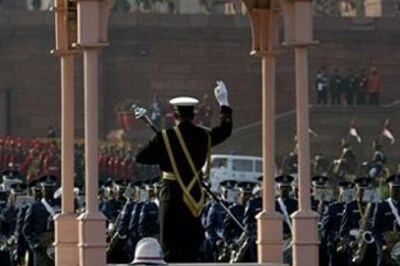


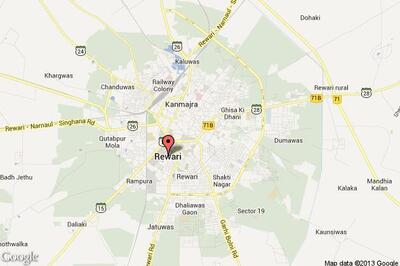


Comments
0 comment